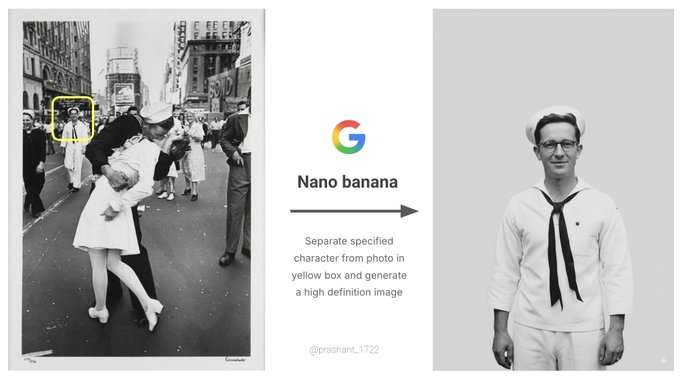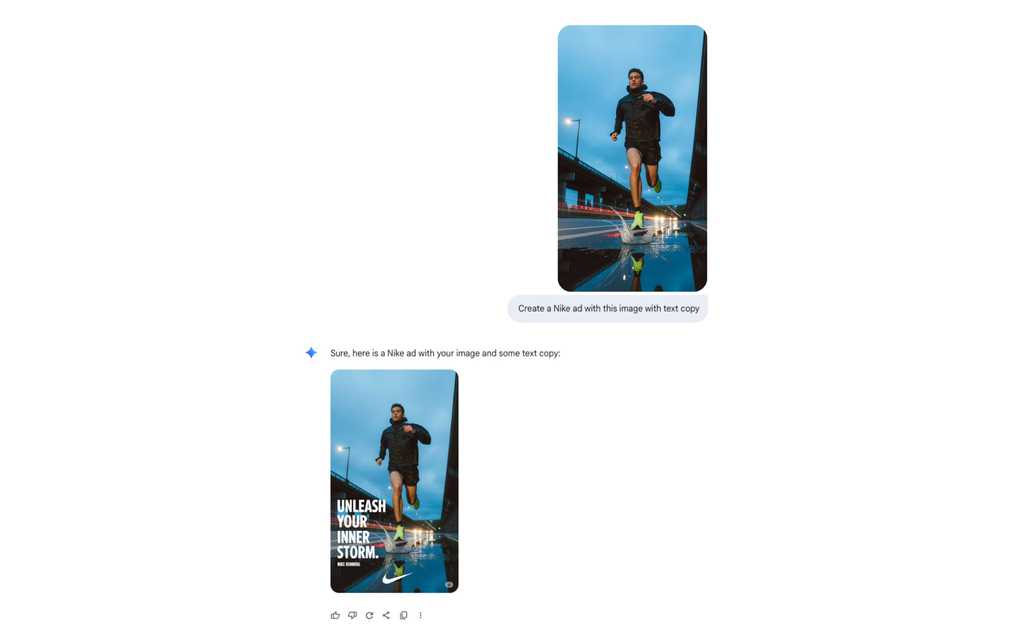Do you use AI to edit images?
You've probably seen AI churn out gorgeous images from a sentence... then watched it ruin a photo when you asked for a tiny tweak.
Teams waste time regenerating whole scenes, your subject look-alike drifts between edits, and brand consistency suffers. Modern editing-first AI models fix this by making targeted, local edits while preserving everything else, so you can remove a bin, change the background, or adjust a shirt color without re-generating the whole shot.
Video: Google’s nano banana just killed Photoshop... let’s run it (3 min)When should you use AI to edit images?
Use AI editing when you need surgical changes and fast iteration:
- Remove or replace small elements (e.g. "remove the chair in the background")
- Background swaps and extensions (outpainting), canvas cleanup, or sky replacement
- Consistent variations for marketing (same product/person, different scenes)
- Style harmonization (color matching, lighting tweaks, subtle restyling)
- Text fixes in images (signs, labels) when allowed
Avoid or get explicit approval for:
- Sensitive content (medical, legal/forensic, news)
- Deceptive changes (e.g. misrepresenting events)
- Portrait retouching without consent or policy coverage
From text-to-image to intelligent editing
Early days (2022)
Text-to-image models like DALL·E 2, Imagen, and Midjourney popularized "prompt to picture" and introduced basic inpainting/outpainting. Great for creation, but edits often regenerated the whole image, causing drift and detail loss.
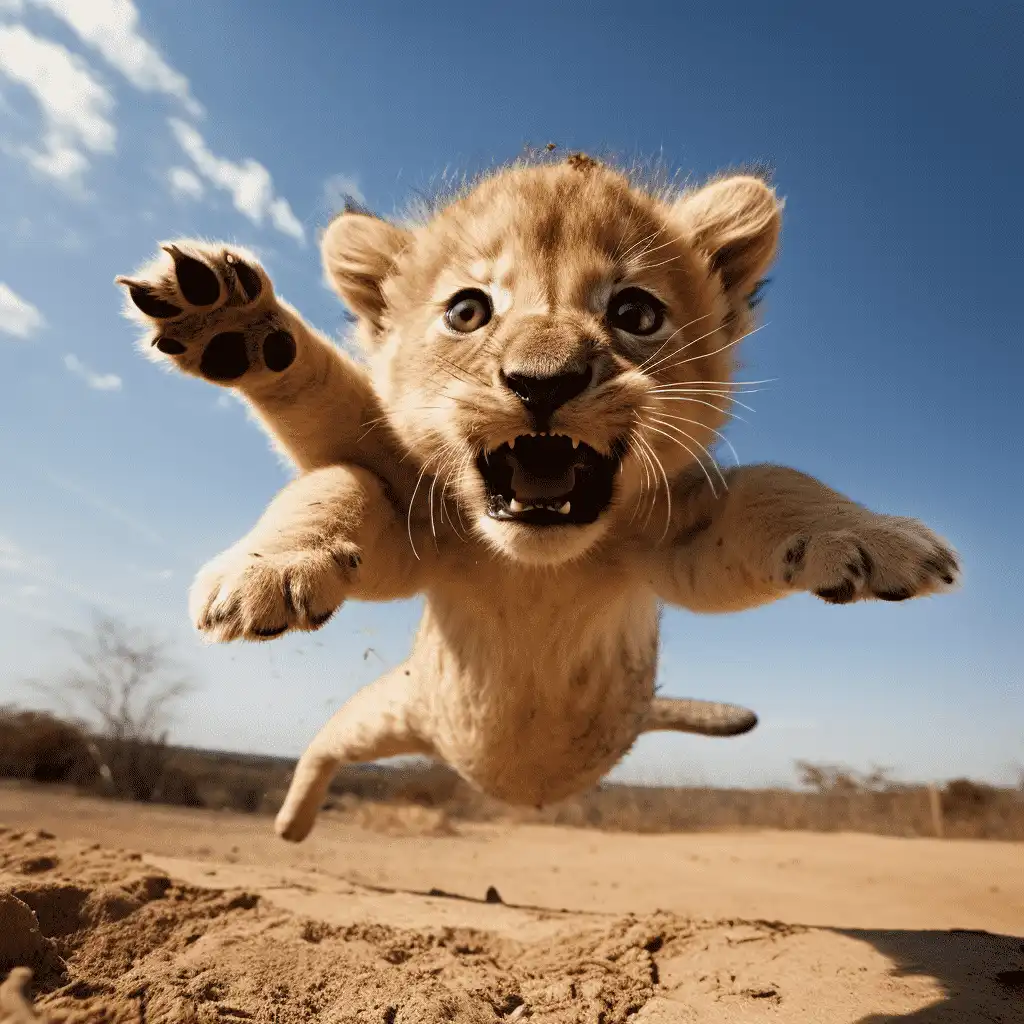
Today's shift - Enter Nano Banana 🍌
Editing-first models like Google's gemini-2.5-flash-image-preview (aka Nano Banana) and Flux.1 Kontext take an image + instruction and apply localized edits. They preserve subjects and scene layout, follow prompts tightly, and support iterative workflows (step-by-step revisions without degradation). Like "Photoshop with natural-language brushes."
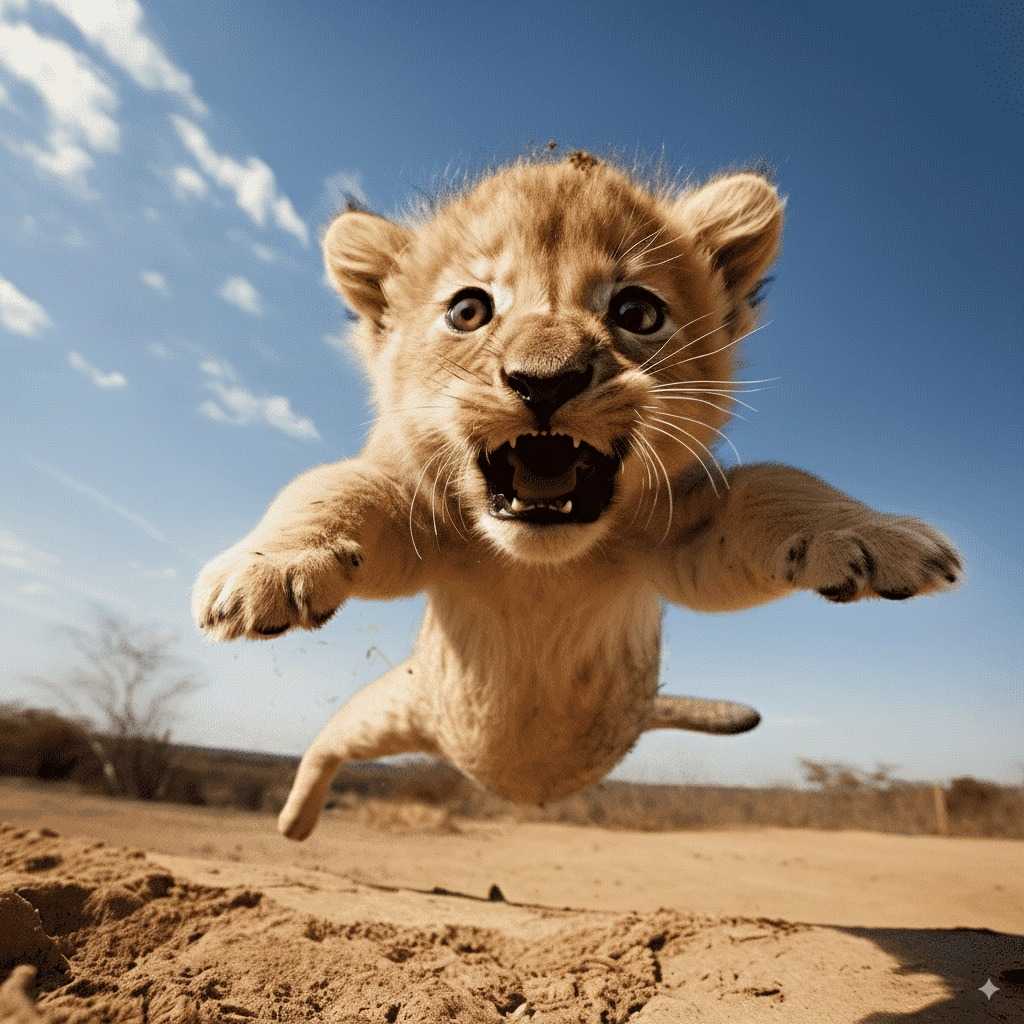
What makes editing-first models different?
- Targeted local edits - They change only what you ask for and leave everything else untouched. This makes them practical for production assets where fidelity matters
- Consistency & identity preservation - They maintain the same person/product across edits (haircut, outfit, background changes) without subtle morphing
- Strong prompt adherence - They follow instructions literally (“make the shirt red” means only the shirt becomes red) and are less likely to hallucinate unrelated changes
- Iterative & interactive - You can chain edits (clean background → add shadow → tweak contrast) while keeping quality stable—mirroring designer workflows
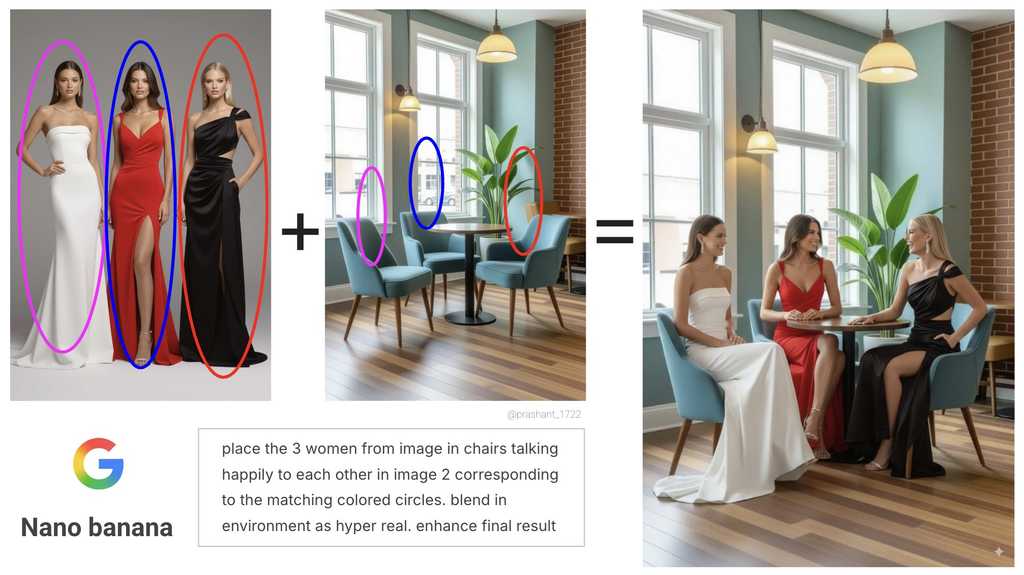
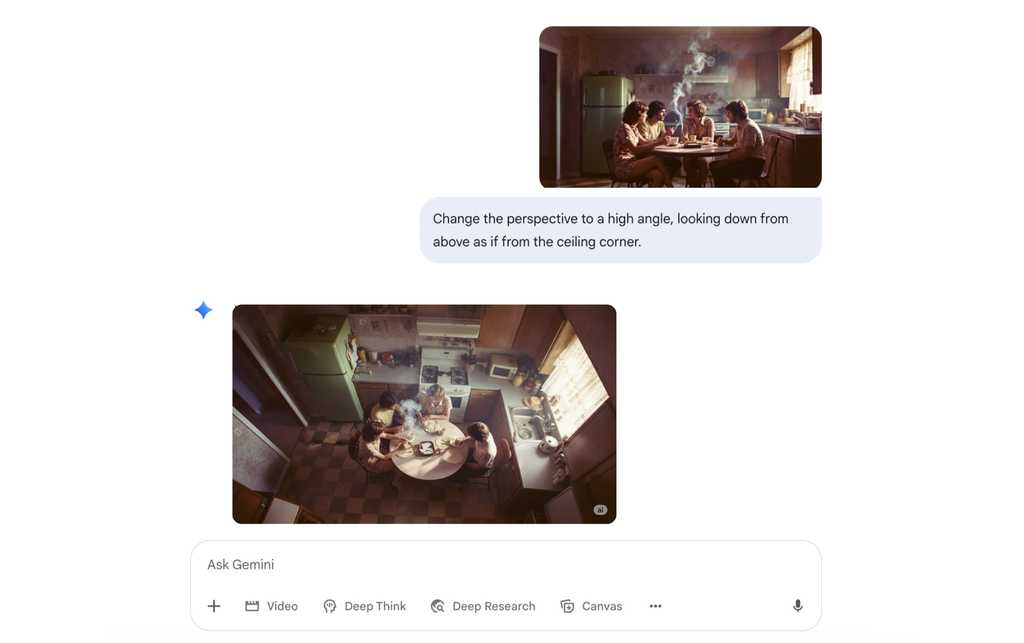
Practical workflow
- Duplicate your source - Keep originals under version control
- Write a narrow prompt - Describe the change + what to preserve
- Call out constraints - “keep pose, keep lighting, keep composition”
- Iterate in small steps - One change per pass
- Compare A/B - After each step; revert quickly if drift appears
- Record provenance - Tool, prompt, who approved?
- Label the output - According to your policy (more info below)
Prompt patterns that work
Use these templates and tweak the nouns:
“Remove the [unwanted object] in the [location]. Keep subject identity, pose, and lighting unchanged.”
“Change the [attribute] of the [object] to [new value], only affecting that item. Keep everything else identical.”
“Replace background with [description]. Preserve subject edges, shadows, and color balance.”
“Add a [small object] to [location] with consistent perspective and soft shadow matching the scene.”
“Extend canvas to the [direction] and continue the [background pattern/scene] naturally.”
Prompt: “A model is posing and leaning against a pink bmw. She is wearing the following items, the scene is against a light grey background. The green alien is a keychain and it's attached to the pink handbag. The model also has a pink parrot on her shoulder. There is a pug sitting next to her wearing a pink collar and gold headphones.”
Figure: Here we have 13 images merged into one using Gemini 2.5 Flash Image (“Nano Banana”). Even at 13 elements, consistency holds up impressively
Figure: Nano Banana relighting applied. Shot simulated as RAW
Figure: Image models used to butcher text. Now they can drop in clean, ad-ready copy like this Nike caption
Origin & trust (label your edits)
As AI editing becomes standard, origin is essential. SynthID is an industry approach that embeds an imperceptible, pixel-level watermark at generation/edit time (in addition to any visible “AI” label). It’s designed to survive common transforms (compression, mild crops/brightness changes) and can be verified by compatible detectors.
Team policy:
- Enable watermarking where your stack supports it (e.g. tools that offer SynthID-style invisible marks plus visible "AI-edited" labels)
- Store proof of detection alongside the final asset (export the verifier result or checksum)
- Disclose edits in captions/metadata ("Edited with AI; objects removed; colors adjusted")
- Know the limits: because very tiny edits may be too subtle to flag; keep manual logs regardless
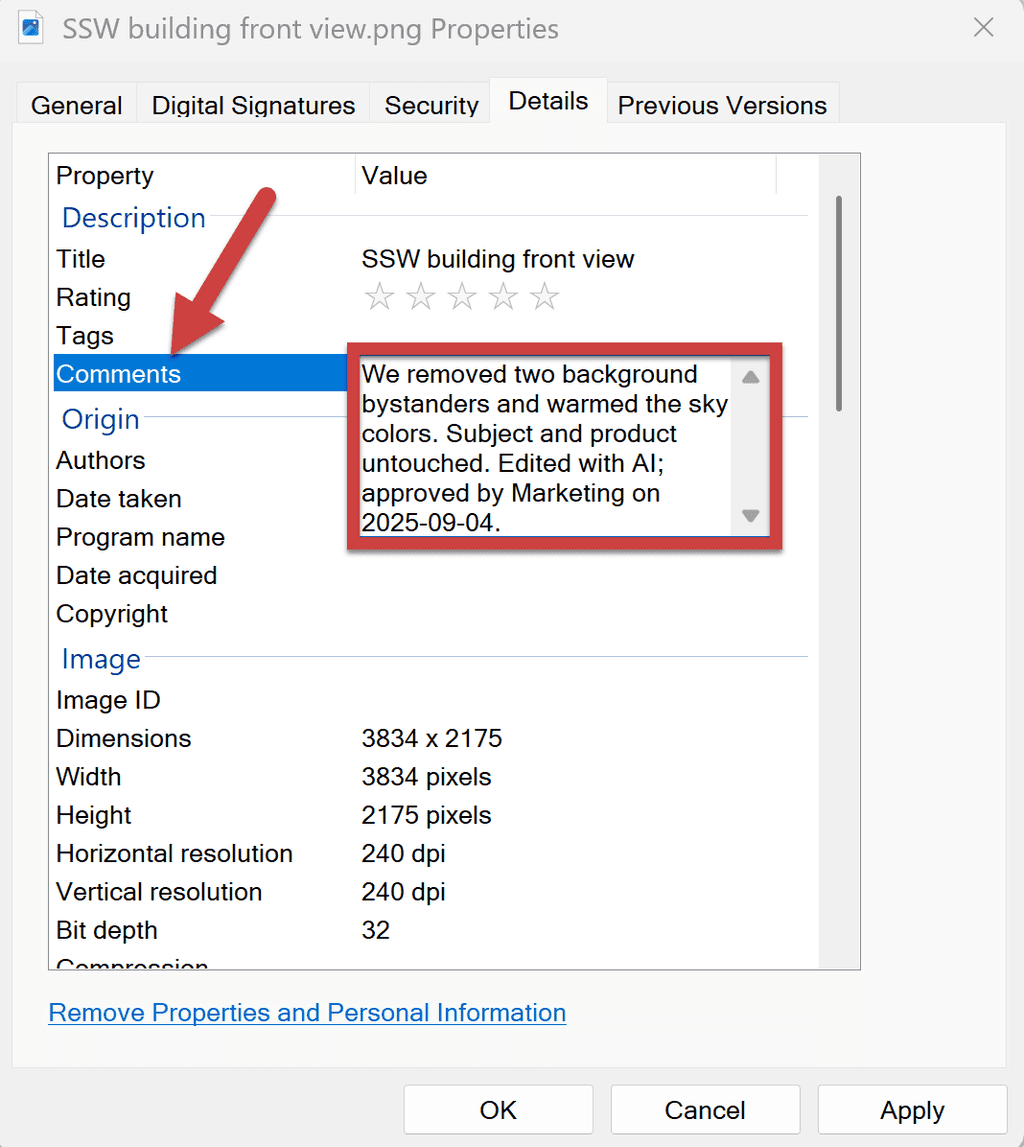
Common pitfalls and fixes
❌ Identity drift
The subject (face, object, or brand element) gradually morphs into something unrecognizable after repeated edits.
✅ The fix: Re-state constraints each turn ("keep the same face, same product texture"). If drift persists, roll back one step and re-edit in smaller increments.
❌ Over-editing look
Edits pile up until the result looks artificial, plastic, or uncanny.
✅ The fix: Prefer subtle adjustments; specify "natural" or "minimal" in the prompt.
❌ Perspective mismatches
Inserted or modified objects appear at the wrong scale, angle, or depth compared to the base image.
✅ The fix: Add guidance like "match camera angle and lens feel."
❌ Lighting inconsistency
New elements don’t share the same light source, shadow direction, or color temperature, breaking realism.
✅ The fix: Include "soft shadow matching light direction" and "keep global color balance."
Try it yourself
One quick way to experiment with AI image editing:
- Go to Google AI Studio and select gemini-2.5-flash-image-generation as the model
- Upload a photo and give it a small edit prompt like: "remove the tree in the background."
- Try other models via fal.ai – including FLUX.1 Kontext, which is purpose-built for image editing
- Upload the same photo and prompt: "replace the background with a sunset sky."
Comparing the results side by side will help you see how different models handle precise edits versus full regeneration.
What do you think about using tools like Nano Banana to create varied poses and portraits of yourself, for use on social media posts/YouTube thumbnails, etc?
